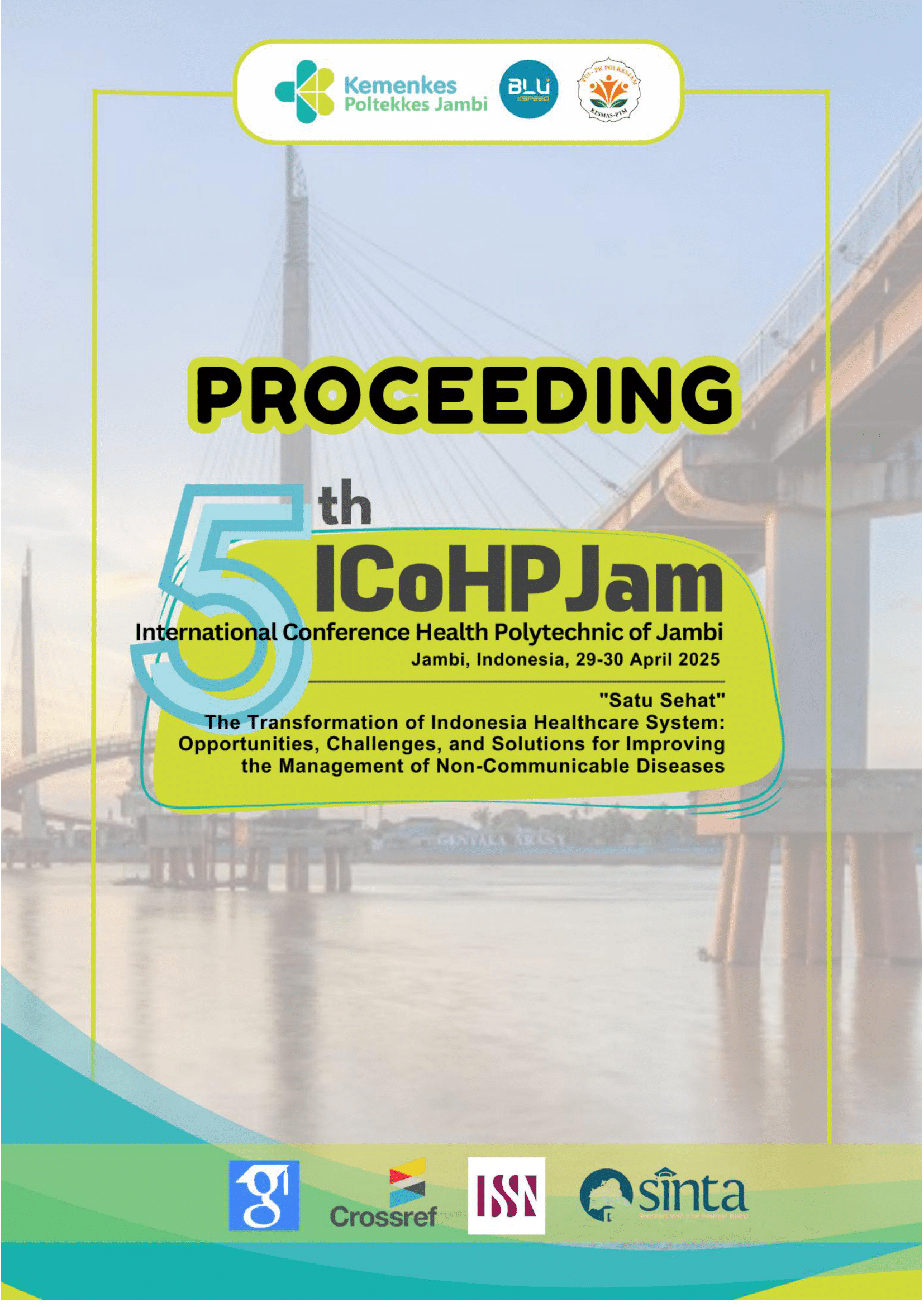Correlation of HbA1C Levels and Erythrocyte Indices in Patients with Type 2 Diabetes Mellitus
Abstract
Background: Hyperglycemia is a leading indicator of type 2 diabetes mellitus (T2DM). Long-lasting hyperglycemia has an effect on all body tissues. This effect is related to protein glycation namely HbA1C, and changes in structure and function of erythrocyte. The erythrocyte indices consists of MCV, MCH, and MCHC. This study aim to determine the correlation of HbA1C levels with erythrocyte indices in patients with T2DM.
Methods: This cross-sectional study was conducted on patients with T2DM visiting at the Multiwahana and Kampus Health Center Palembang from November to December 2024. After taking laboratory test of HbA1C, MCV, MCH, and MCHC, data were collected and computed by using Spearman correlation test.
Results: A total of 50 diabetic patients were eligible for this study with a mean HbA1C was 7.36±1.76%, MCV 83.69±6.70fL, MCH 27.96±2.70pg, MCHC 33.32±1.18%. Spearman’s correlation analysis showed that HbA1C significantly correlated with MCHC, inversely correlated with MCV, but there was no significant correlation of HbA1C and MCH.
Conclusion: The study highlighted that MCHC significantly correlated with HbA1C, it’s affordable and readily accessible test, it may be used as an indicator of glycemic status. It’s important for diabetic patients to prevent long-lasting hyperglycemia by monitoring glycemic index and taking medication regularly.



